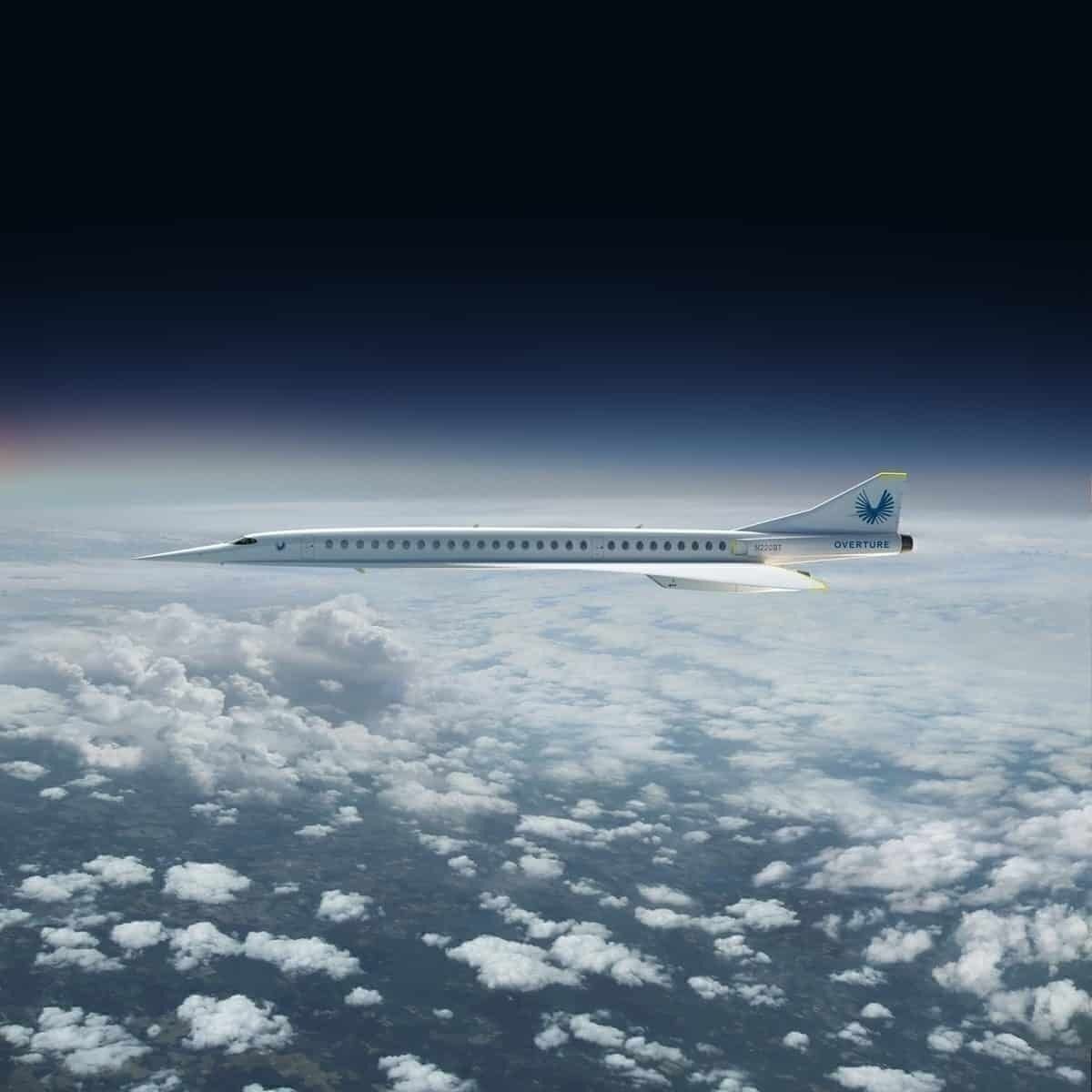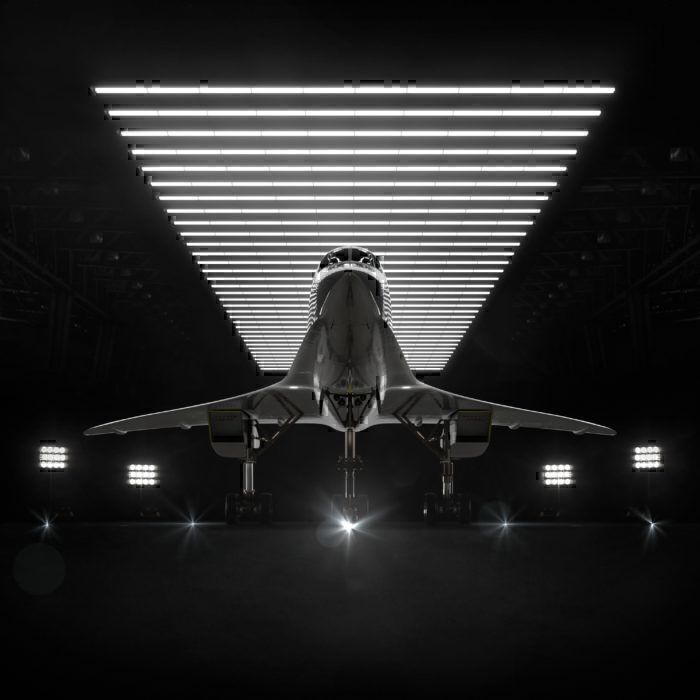Boom Supersonic, the Denver-based startup aiming to revive commercial supersonic flight, has closed a Series B investment round worth $100 million. Of this funding, $56 million is new investment. This brings Boom’s total funding to over $141 million, while the rest consists of previously-announced investments. In a press release, Boom identified investors including venture capital firms such as Y Combinator Continuity and Caffeinated Capital, and unnamed individuals previously involved in successful companies including Google and Airbnb. The money will go toward the development of Overture, Boom’s supersonic airliner currently under development, which is designed to fly at a speed of Mach 2.2. Overture is currently planned to enter service in 2023 and promises supersonic speeds at the same price, noise level and carbon footprint as current business class flights.
Since being founded in 2014, Boom has steadily gained momentum, with successive rounds of funding. In March of 2016, Richard Branson, a long-time believer in supersonic airliners (who at one point attempted to buy Concorde off British Airways to prevent its grounding), announced that Virgin Atlantic has options for 10 Overture aircraft. The Spaceship Company, a subsidiary of Virgin Galactic, will also help Boom in developing Overture. On December 5, 2017, Japan Airlines pre-ordered up to 20 Overture airliners, as well as inverting $10 million in the company. In total, five airlines (Virgin, JAL and 3 undisclosed customers) have committed to 76 aircraft.
The Path Forward:
The immediate next step for Boom is to complete and fly its XB-1 “Baby Boom” demonstrator aircraft. This aircraft will test the aerodynamic, material and propulsion innovations which Boom needs to achieve the goals of the Overture airliner. Among these are efficiency gains which will allow Overture to avoid using afterburners to achieve supersonic speeds. When completed, the XB-1 will become the first ever independently developed supersonic jet, and the fastest civil aircraft in history.
Will Boom Succeed?
This, perhaps more than anything else, is the question on everyone’s minds. Boom is aiming for one of the holy grails of commercial aviation. To date, only two commercial supersonic airliners have entered service: Concorde and the Tupolev Tu-144. Of these, only Concorde was even marginally successful. Neither lived up to their originally intended potential.Other projects, notably the Boeing 2707, never even made it to that point.
The challenge Boom is facing is complex. In addition to the daunting technical challenge of creating an airliner beyond any that has been developed before, as a private company Boom must convince investors of the viability of its plan. The Tu-144 and Concorde were financed with massive amounts of money from the Soviet and Franco-British governments respectively. Boom has no similar government involvement, though announcements such as this one show a level of interest from investors. Another key concern is regulatory, since current regulations do not support the operation of supersonic airliners (at least over land). However, the FAA is currently conducting work to update these. Thus, while Boom's future is far from clear, there are many more exciting developments to come.


